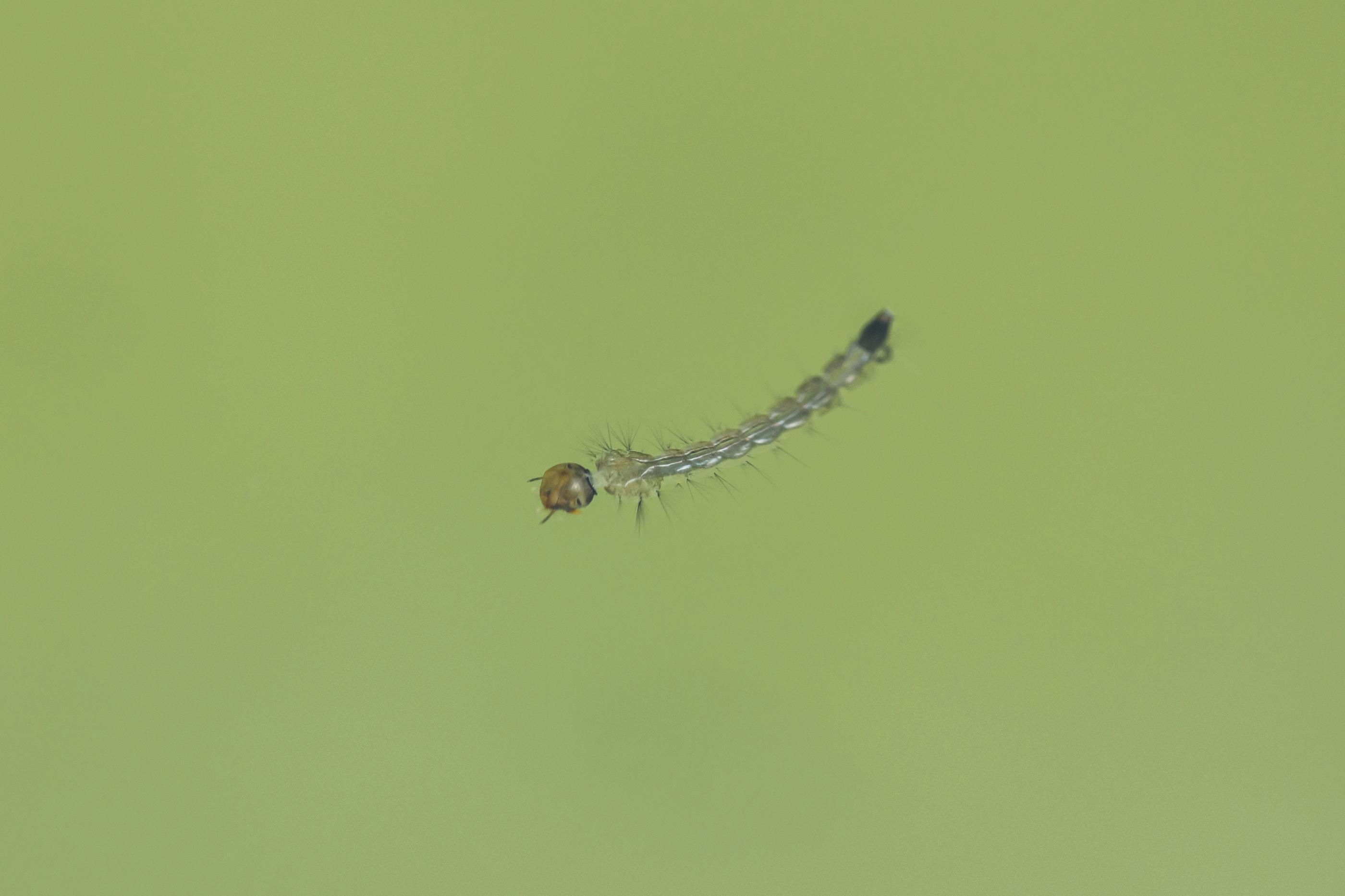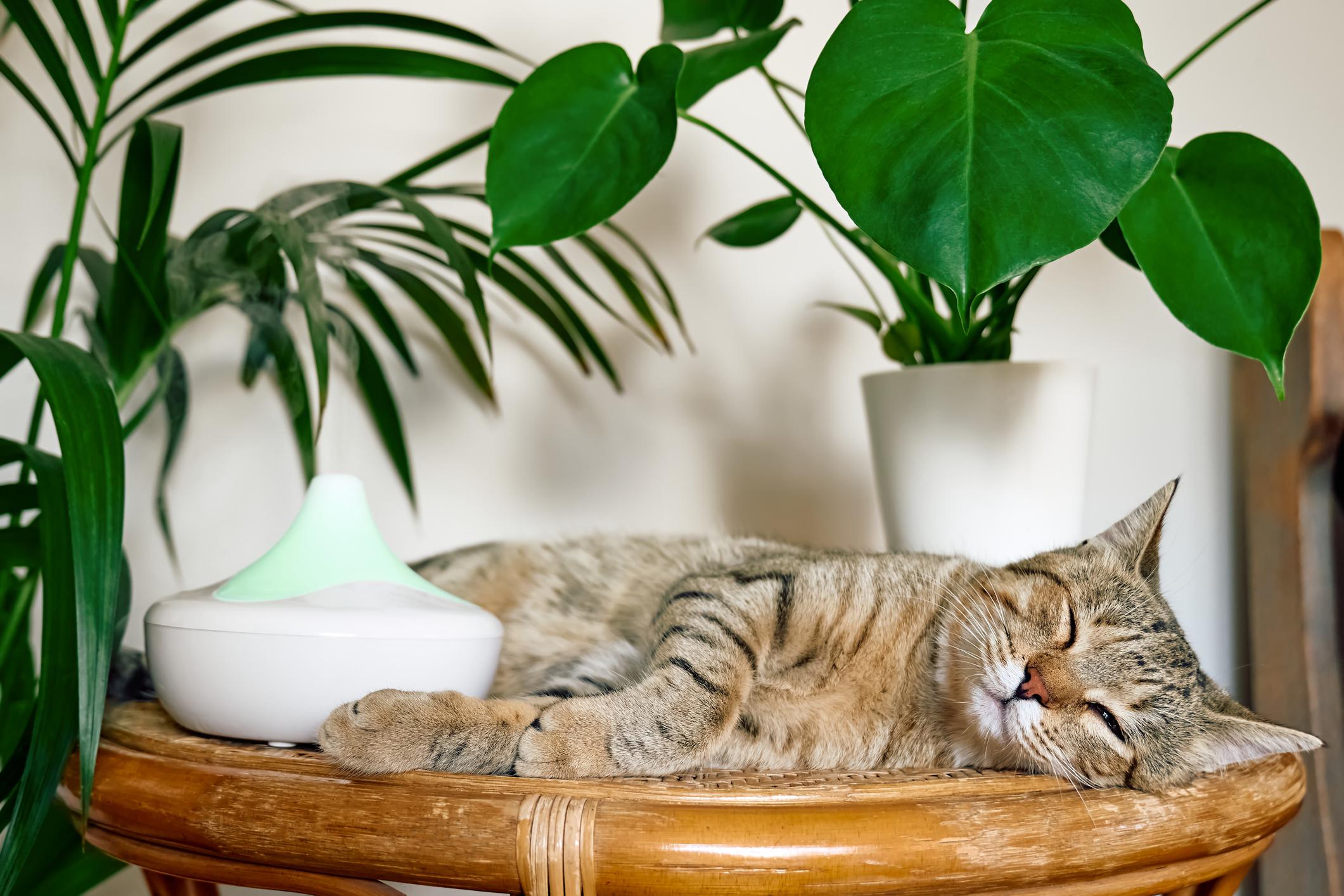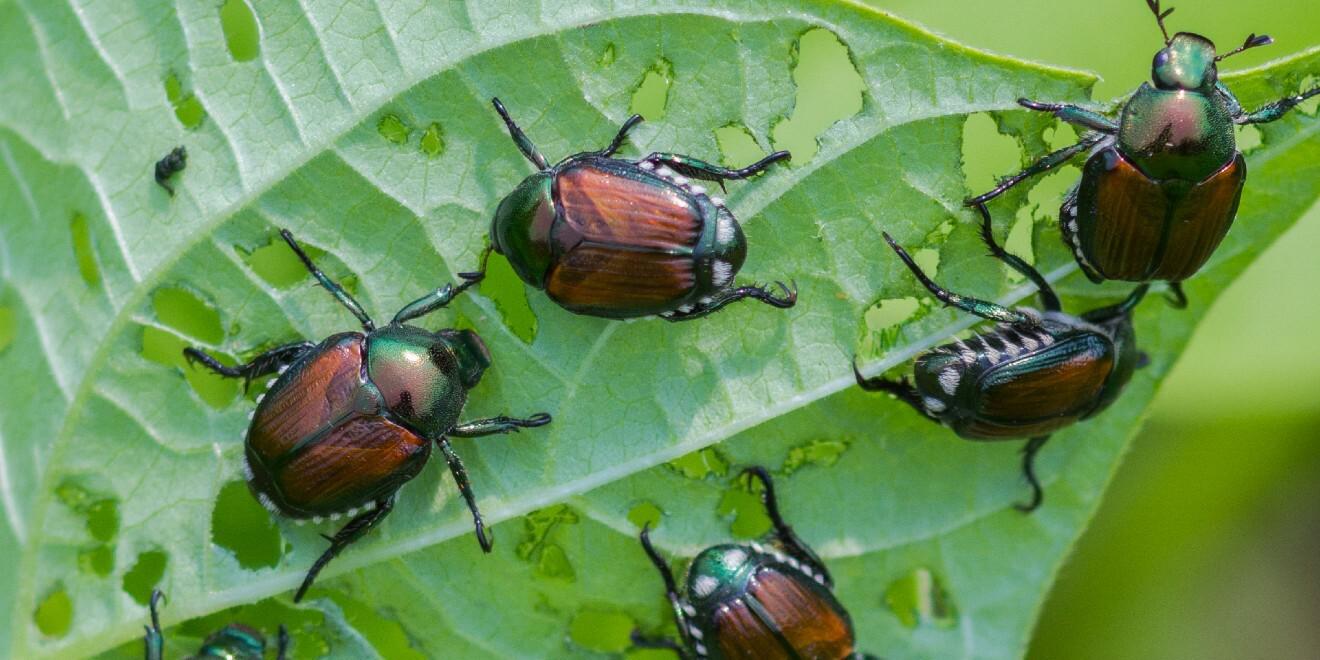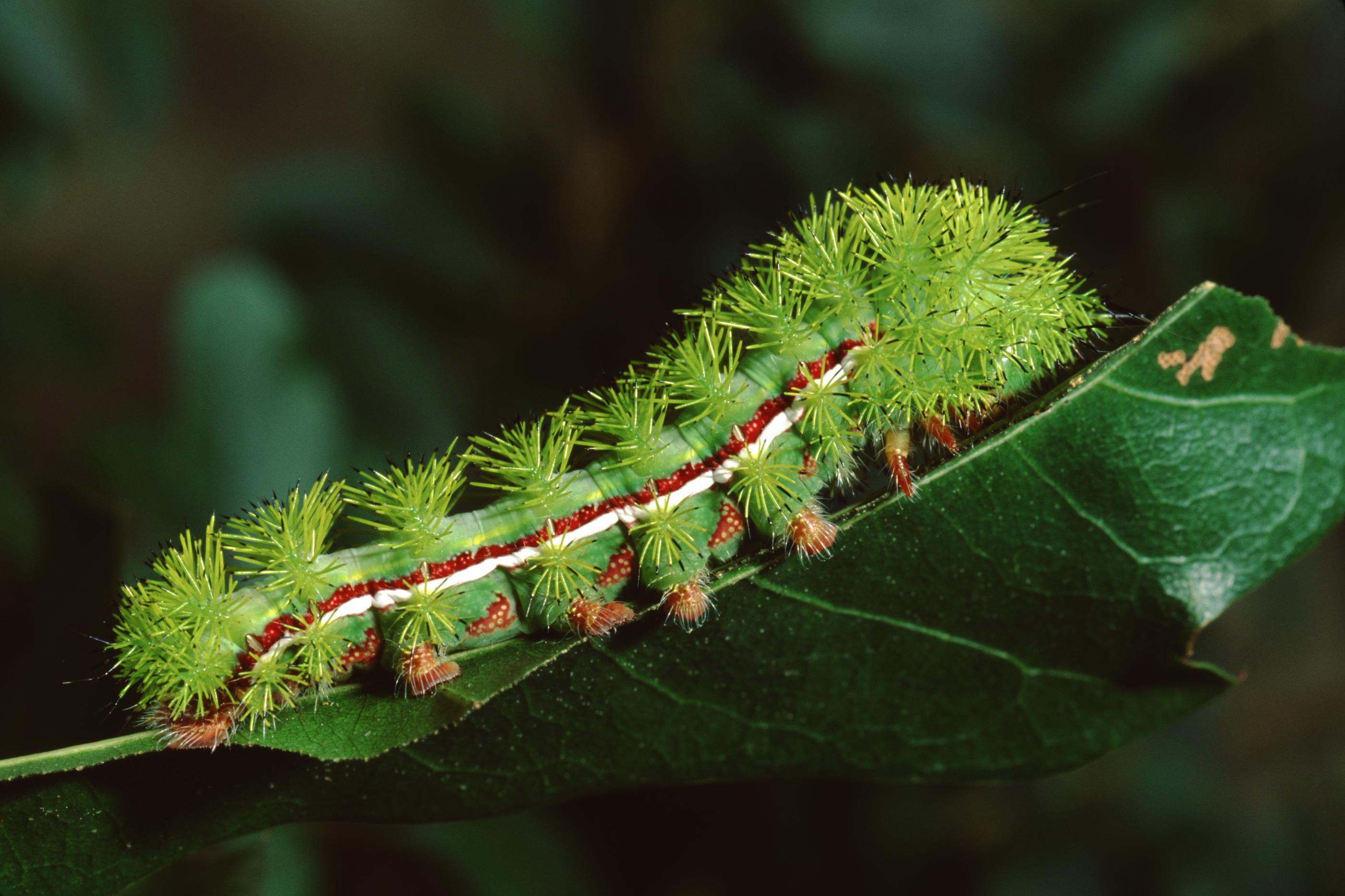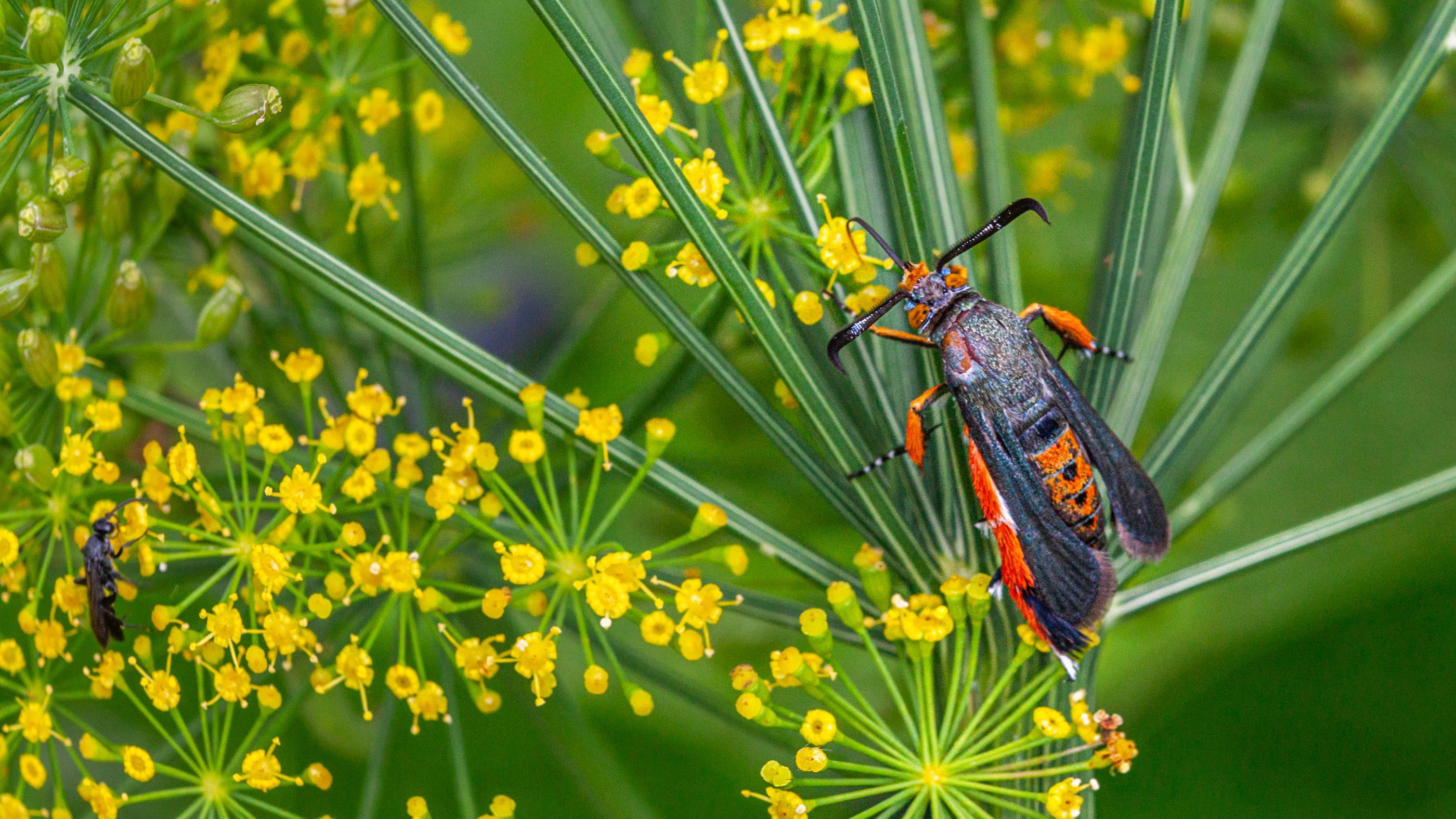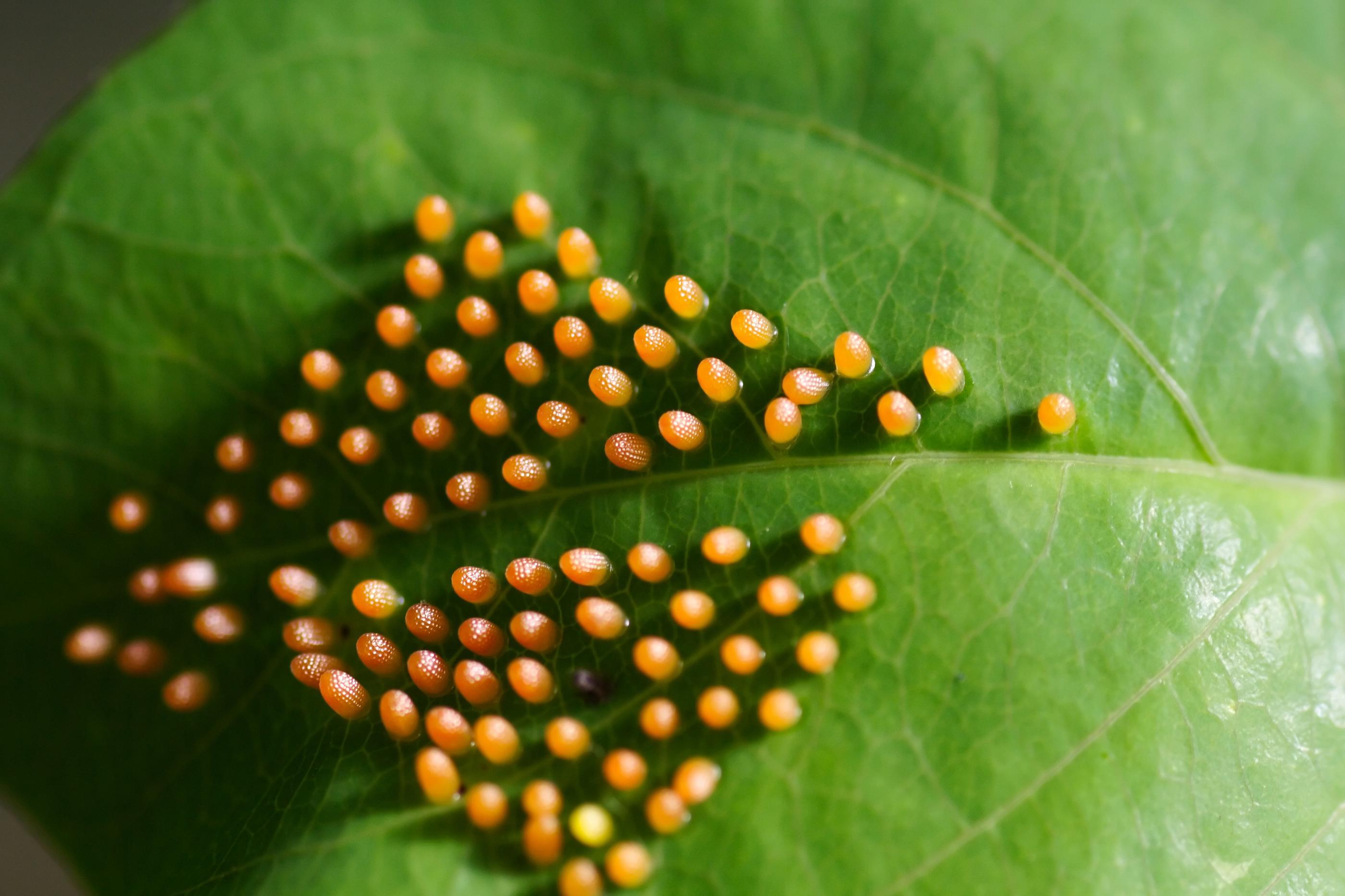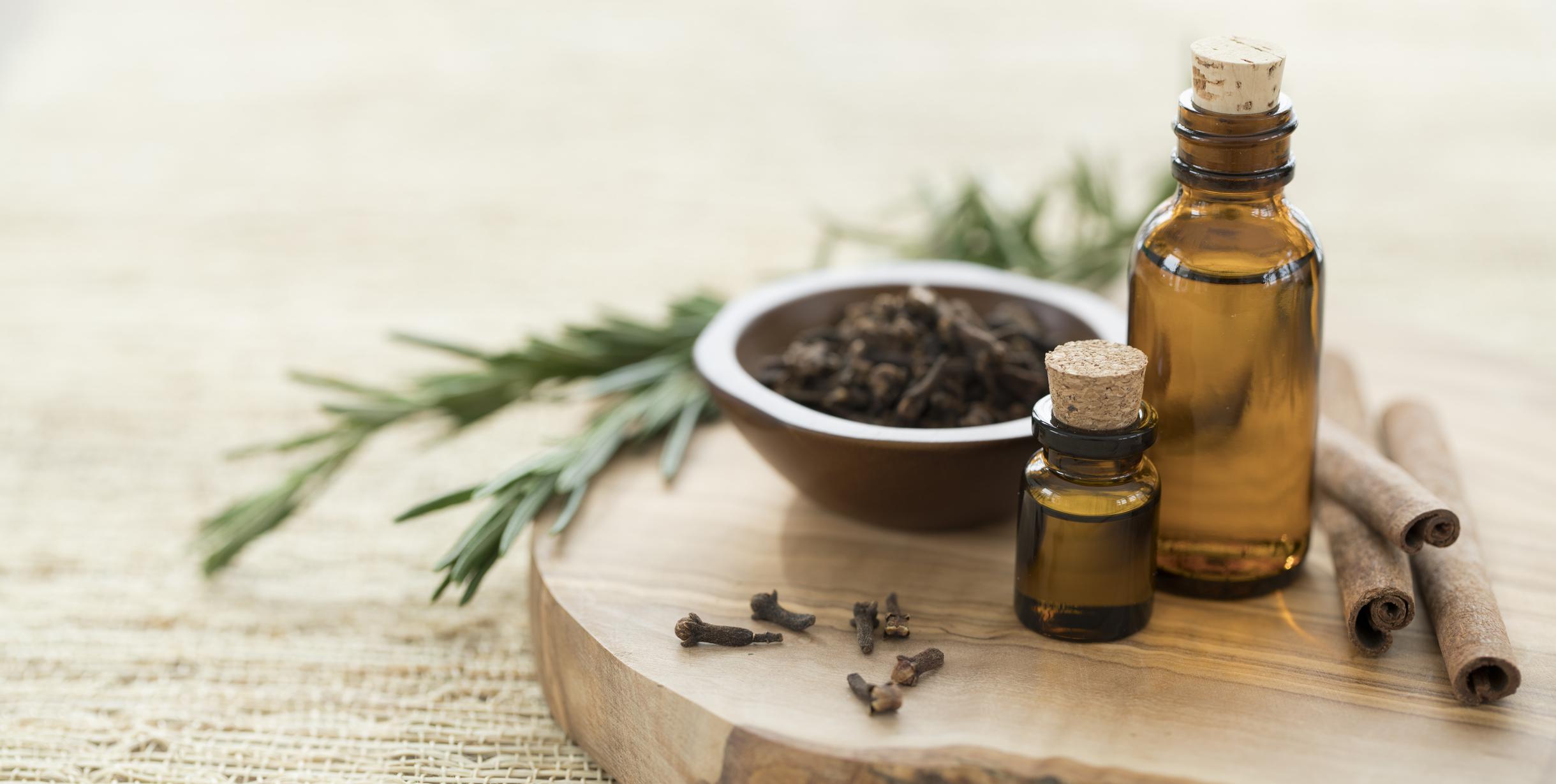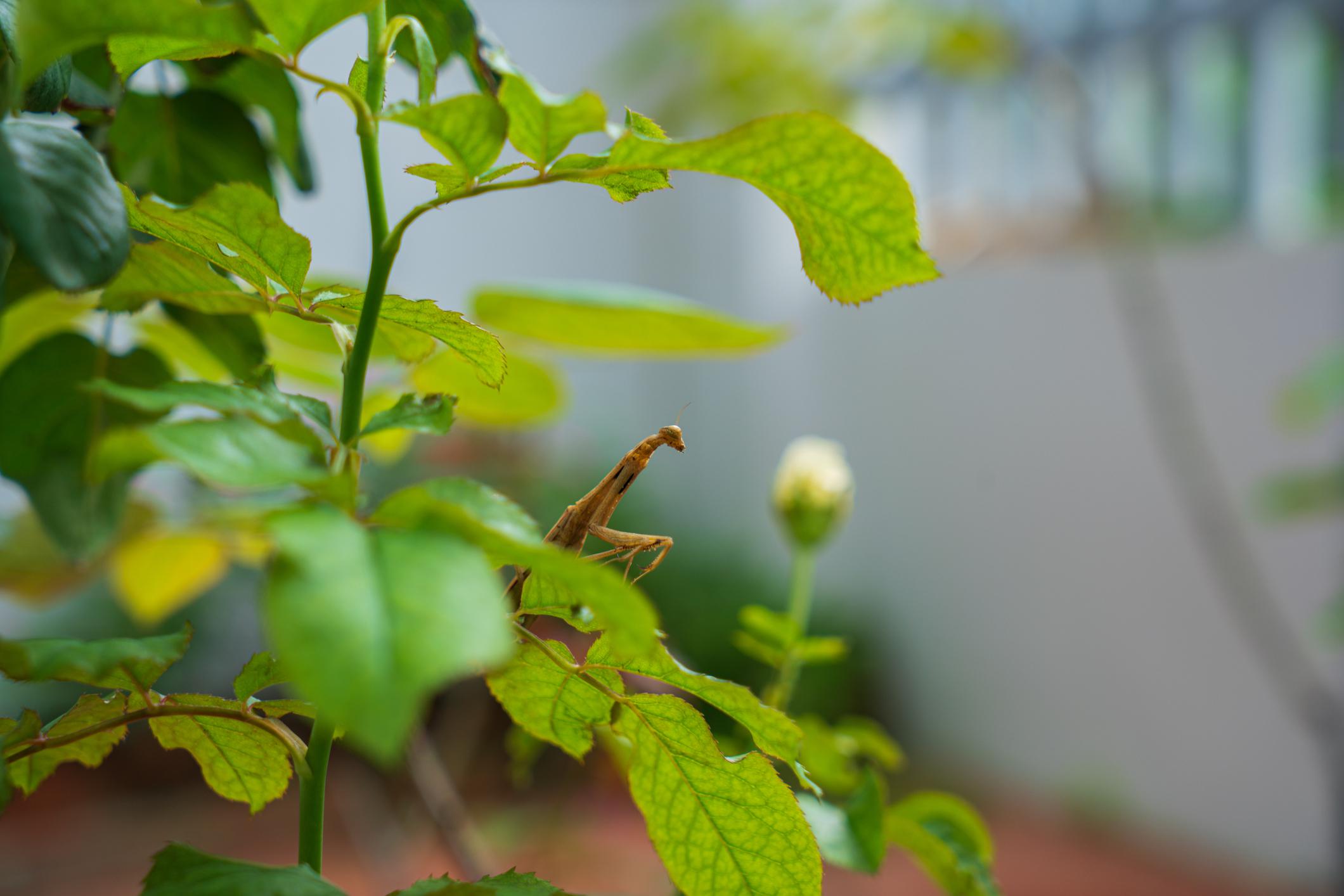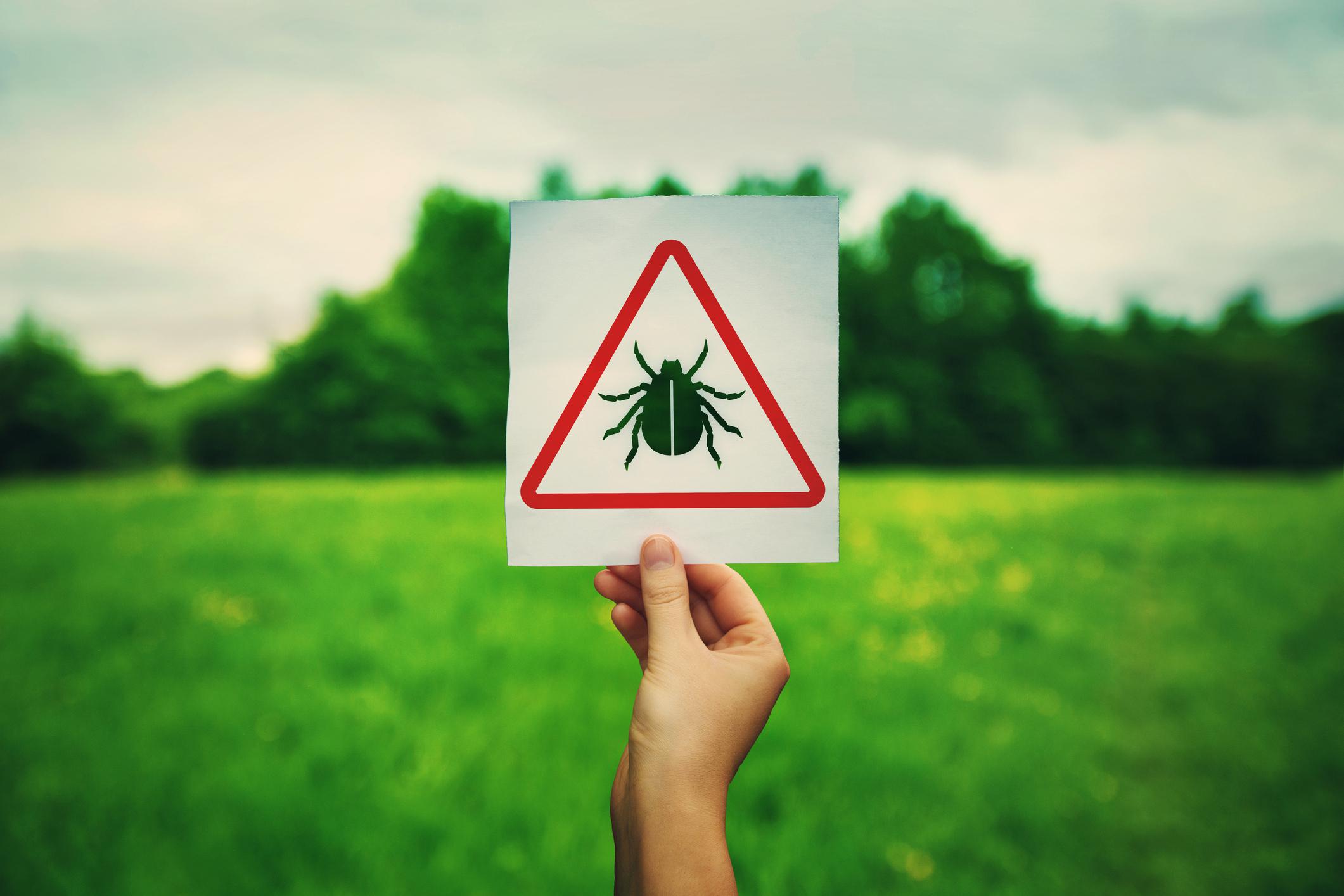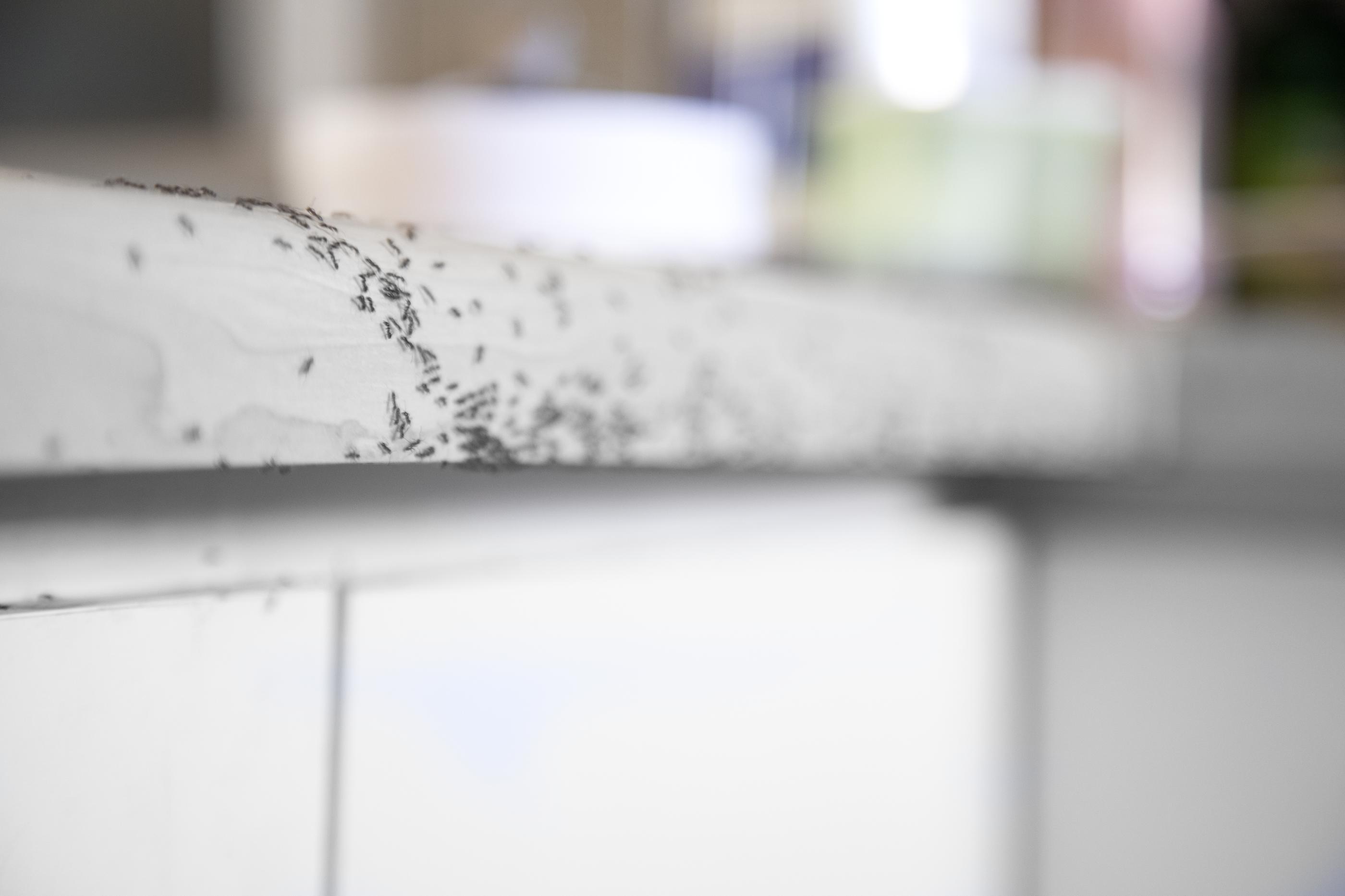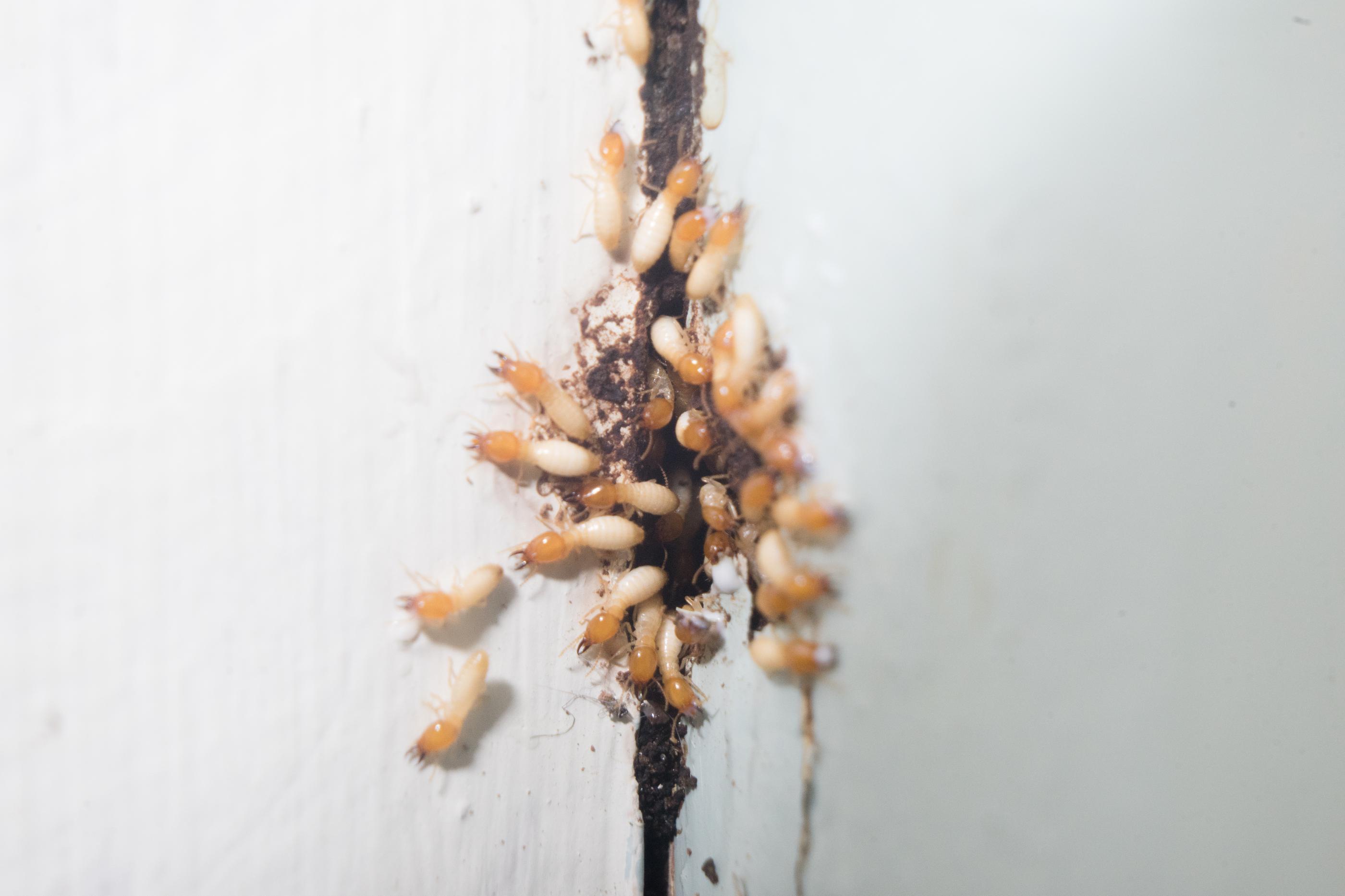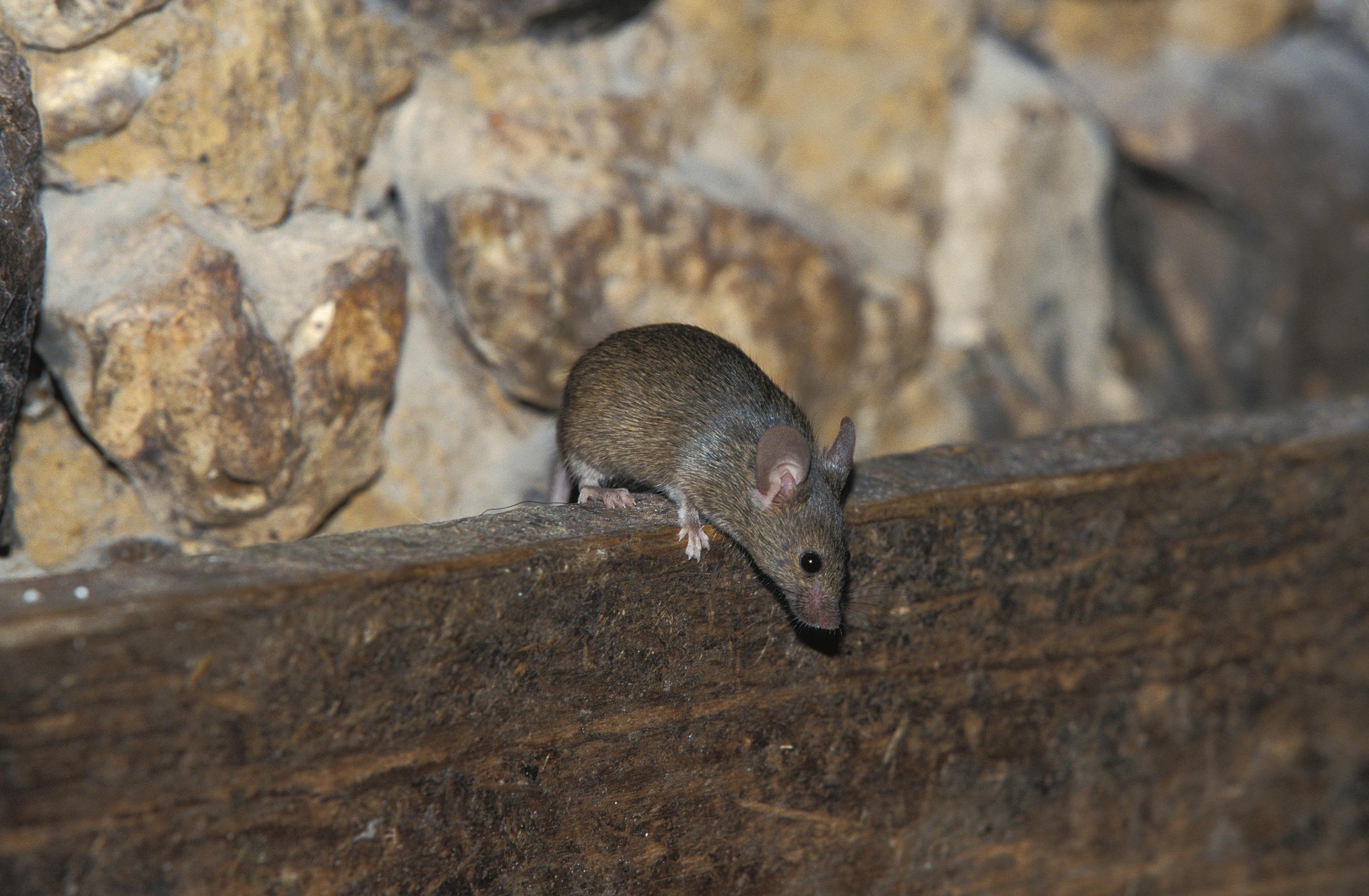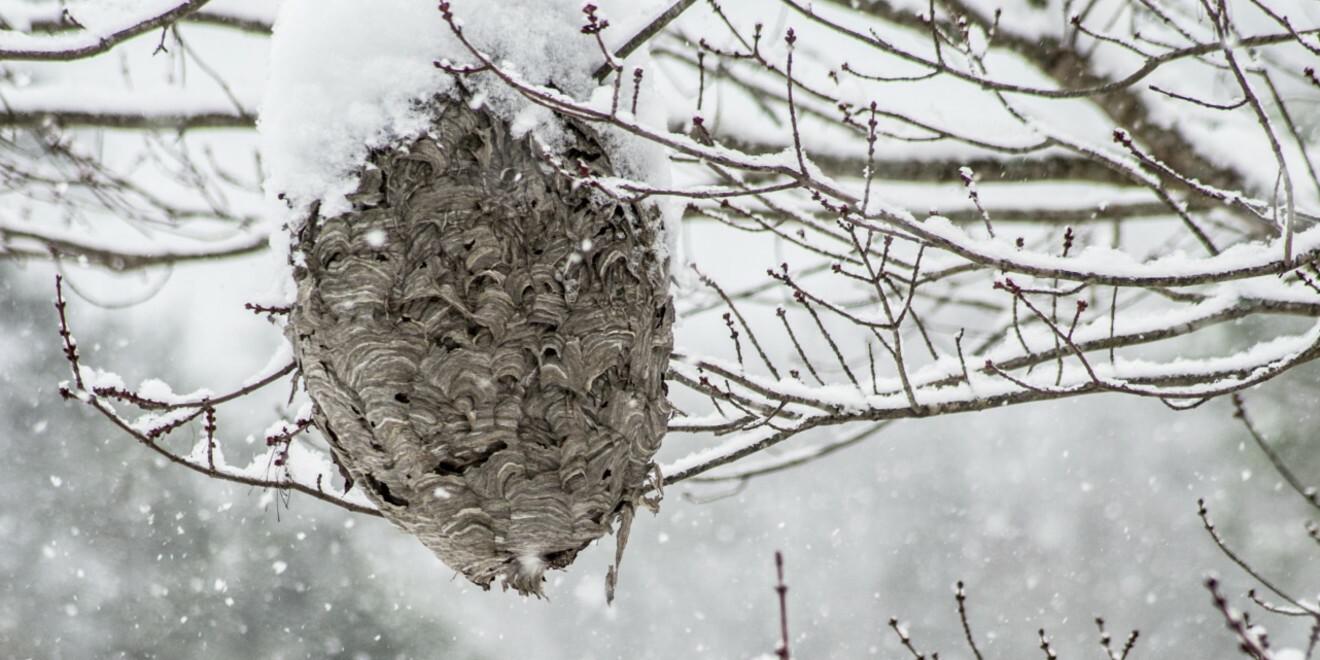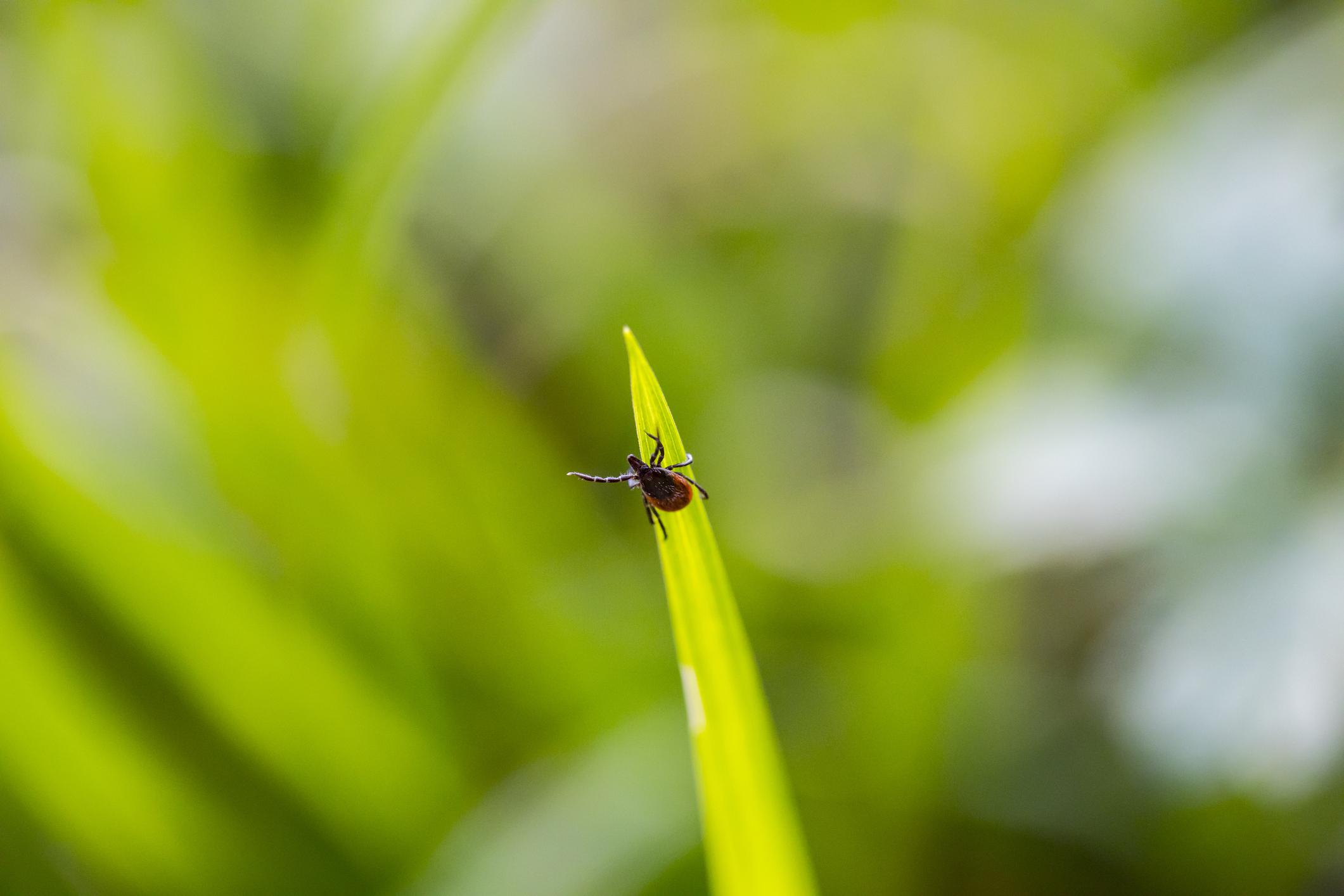How do Mosquitoes Bite?
Posted by Mosquito Squad
December 20, 2023
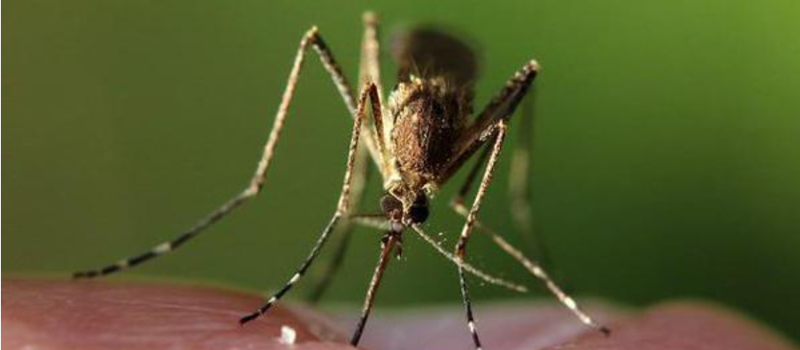
Though it’s tough to admit as you scratch an itchy mosquito bite, mosquitoes are exceptional at what they do. Being able to track down a person and find a vein before drinking their fill before buzzing off without us being the wiser makes them a master of stealth. Have you ever thought about how they are able to give us a mosquito bite so efficiently, earning them the title of the deadliest animal in the world?
How Mosquitoes Bite with their Stylets
Mosquitoes have been around for nearly 80 million years, though scientists think they may be closer to 226 million years. That means these annoying pests have had quite a long time to perfect how they feed on creatures and continue their reproductive cycle for the next generation. Unfortunately for us, that means we have to be on our guard, or we’ll be the next one with a mosquito bite.
Now, how do mosquito bites happen?
The mosquitoes first have to track their prey by monitoring the carbon dioxide in the air, following it until they can detect a heat source. If the female mosquito can get in close enough to land, she’ll start digging her proboscis into our skin.
Once the mosquito starts to probe the skin, the protective sheath, called a labium, that covers the proboscis retracts to expose their six needle-like mouthpieces called “stylets.” Each of these needles has a job to do once they pierce the skin.
Mosquitoes have six needle-like parts of their mouth called “stylets.” Each of these stylets has a particular job to help the female mosquito feed.
Two of the exterior stylets, called maxillae, have little teeth-like edges that are used to saw through the skin to allow the other stylets to get deeper. These sharp edges are barely felt. The next set of stylets, the mandibles, holds the edges of the skin apart to provide room for the final two to gain access.
The last two needles are what act as a straw for the mosquito to drink our blood and provide that annoying itch of the mosquito bite. The end of one straw, or labrum, probes for a blood vessel, allowing receptors on the tip of it to guide her quickly to her target. The last stylet, known as the hypopharynx, ejects saliva into the area to keep the blood flowing so the female can continue to feed.
While this is happening, the female excretes water from our blood, depositing it on our skin. This is why a bite might seem wet when you notice a mosquito bite. It is the extra water that the mosquito gets rid of to make room for more blood.
Mosquito Bites and Mosquito-Borne Illnesses
As mosquitoes feed and secrete their saliva into our systems, our bodies begin to react to the saliva, causing itchy welts to form on our skin. This fluid is what carries mosquito-borne illnesses. As they bite, and the longer they feed, the higher chance, a diseased mosquito can infect their target. These dangers are not only to people, but pets like dogs and horses are at risk.
Las Cruces Mosquito Control
To protect yourself and your family from mosquito bites, you must practice proper mosquito control around your home. Following the 7 T’s of Mosquito Control will help reduce the mosquito population around your property, but that can only take you so far. When you’re ready to reduce the population of those biting pests by up to 90%, contact Mosquito Squad of Las Cruces.
Mosquito Squad’s most popular mosquito control is our Traditional Mosquito Barrier Treatment. This service encompasses your home in an invisible barrier that is effective for up to three weeks in keeping mosquitoes out. Take back your yard and enjoy it day or night without the bite of mosquitoes.
Knowing how mosquitoes bite and infect their prey is good to know, but protecting your family is essential. Be sure to reduce mosquito habitats around your property with the 7 T’s of mosquito control. Having your yard professionally treated is the best way to ensure your family is protected. Call Mosquito Squad of Las Cruces to request a free quote for mosquito control services today!

